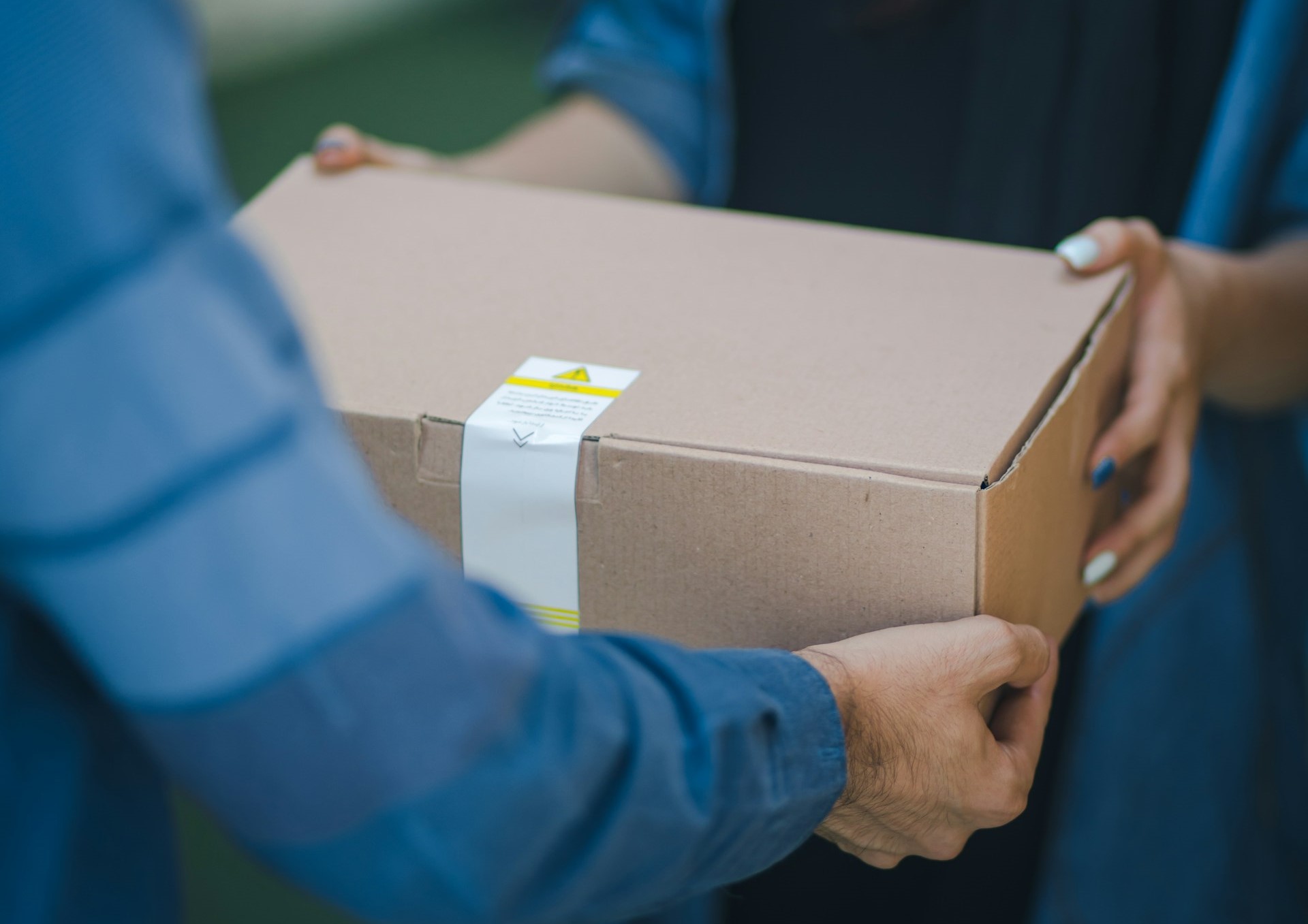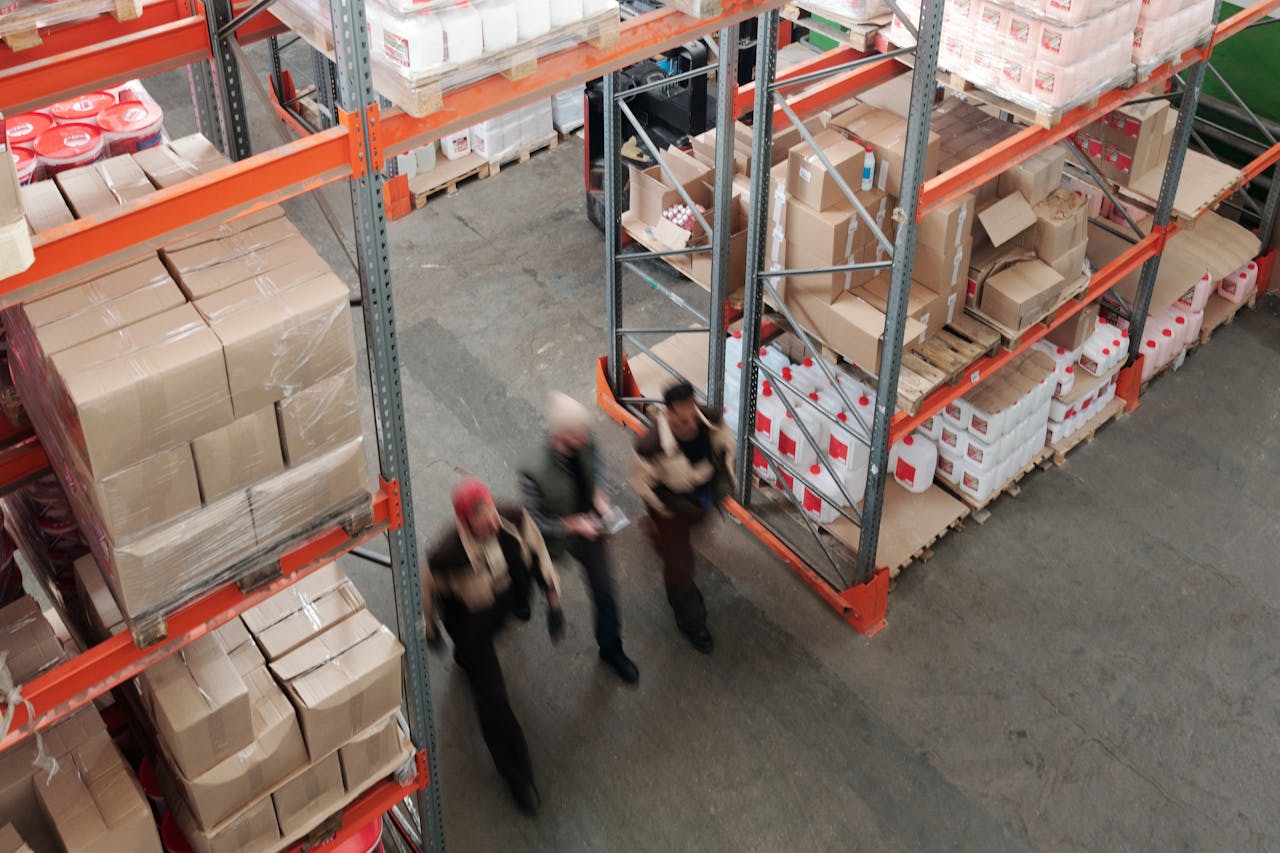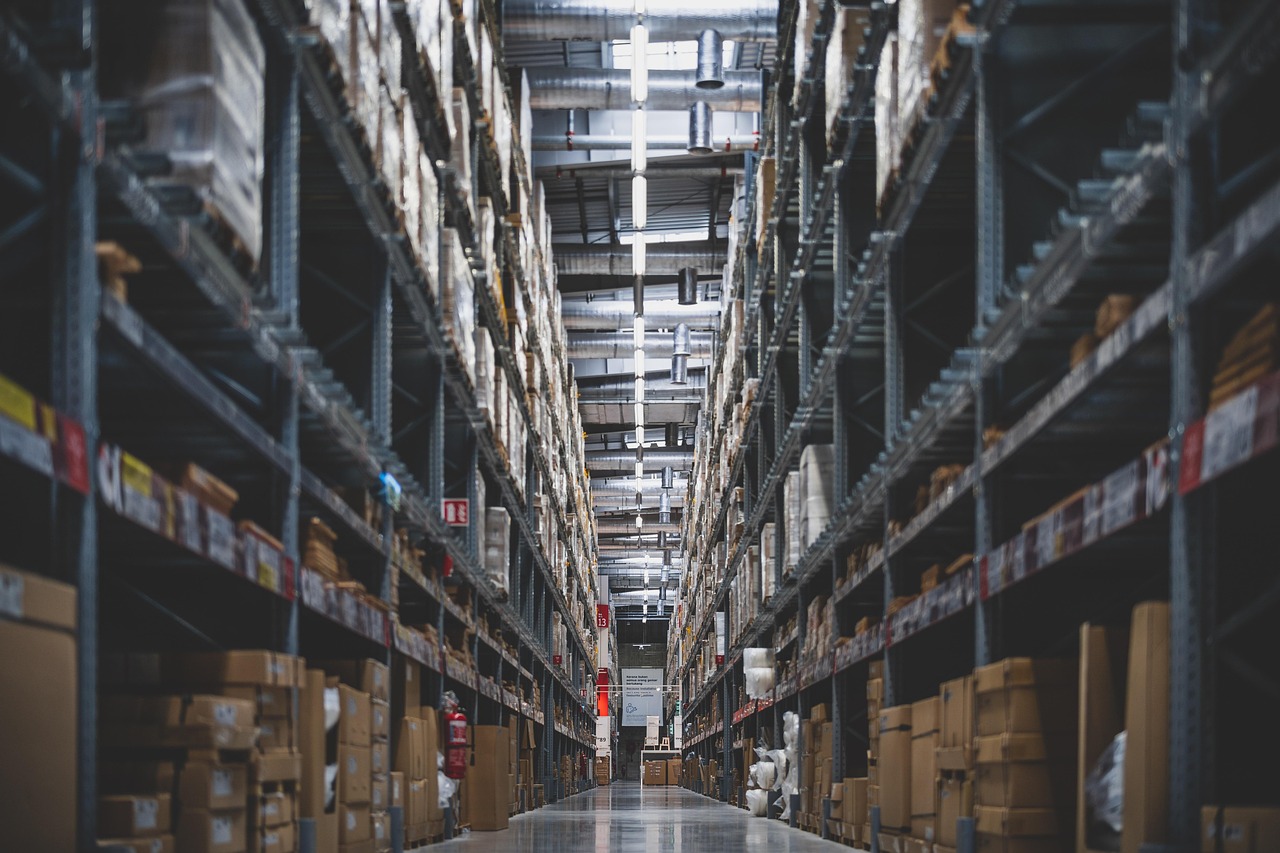Every day, millions of packages are shipped across the US, and delivery is one of the biggest parts of running an online business. Shipping costs alone add up quickly, but they are only one piece of the total fulfillment expenses involved in getting products to customers.
For most online stores, fulfillment and shipping take up a large share of the budget. Customers want fast delivery, but keeping costs under control means knowing what the average expenses look like and how to cut them where possible.
That’s why you need a reliable partner like ShipwithMina, who specialize in helping ecommerce businesses simplify logistics with discreet, reliable, and cost-effective shipping options. By offering solutions that reduce overhead and streamline order fulfillment, ShipwithMina makes it easier for businesses to keep expenses predictable while maintaining fast delivery times that customers expect.
What Are the Costs Involved in Fulfillment and 3PL?
Fulfillment and third-party logistics (3PL) costs cover everything from the moment inventory arrives to when it reaches the customer. These costs usually include:
- Receiving and storing products in a warehouse
- Picking and packing orders when they come in
- Shipping packages to customers
- Technology and software used to manage orders
Understanding where these costs come from makes it easier to budget and find ways to optimize your fulfillment process.
Understanding Your Fulfillment Costs
1. Inbound Shipping
Getting products from your supplier to your warehouse or storage location comes with transportation fees. The cost depends on whether you ship by air, sea, or freight, with each option having different prices and delivery times. Import taxes and duties may also apply, so finding the right balance between cost and speed is important.
2. Third Party Logistics (3PL)
If you use a 3PL partner, there are setup costs for technology and system integration at the start. Ongoing fees include storage (often based on the size of your products), plus charges for special requirements like refrigeration. Many providers also include account management fees, which cover things like customer support and admin services.
3. Labor
Every step of the fulfillment process requires workers, from receiving inventory to picking, packing, shipping, and even managing returns. As your sales grow, labor costs rise because more handling is involved at each stage.
4. Pick and Pack Fees

Fulfillment centers usually charge for each item they pick and pack. These fees can range from as little as $0.20 per unit to as much as $5, depending on your product type and the provider’s pricing model.
5. Additional Costs
Do not forget about packaging materials, including boxes, envelopes, and custom packaging if you use it. Extras like flyers or inserts add to the cost as well. Returns and restocking also require handling, which can bring in additional fees. Factoring these in gives you a clearer picture of your total fulfillment spend.
How to Calculate Fulfillment Costs
Here’s how you can calculate shipping costs and make predictable estimates for your business.
a) Cost per Order (CPO)
This tells you how much it costs to fulfill each customer order. It’s key for setting prices and making sure expenses are covered.
Formula:
CPO = Total fulfillment costs ÷ Number of orders
Use CPO to check if your operational costs match your revenue goals and to highlight areas where you can cut back.
b) Cost per Box (CPB)
If many of your orders ship in multiple boxes, CPB gives you more detail than CPO by focusing on packaging and shipping expenses per box.
Formula:
CPB = Total fulfillment costs ÷ Number of boxes shipped
This helps reveal packaging and shipping costs that may get overlooked if you only track costs per order.
c) Cost as a Percentage of Sales
This shows how much of your revenue goes into fulfillment, giving you a direct look at efficiency.
Formula:
Cost percentage = (Total fulfillment costs ÷ Net sales) × 100
Keep in mind that this percentage often drops as businesses grow, since larger operations usually gain efficiencies and better shipping rates.
Common Challenges When Estimating Fulfillment Cost
1. Variable Shipping Expenses
Shipping costs don’t stay the same. Fuel prices, weather, and seasonal spikes can drive them up quickly. To stay flexible, work with more than one carrier so you can shift when rates rise. Using shipping platforms that connect you to multiple carriers can also give you access to discounted rates and long-term savings.
2. Rising Packaging Costs
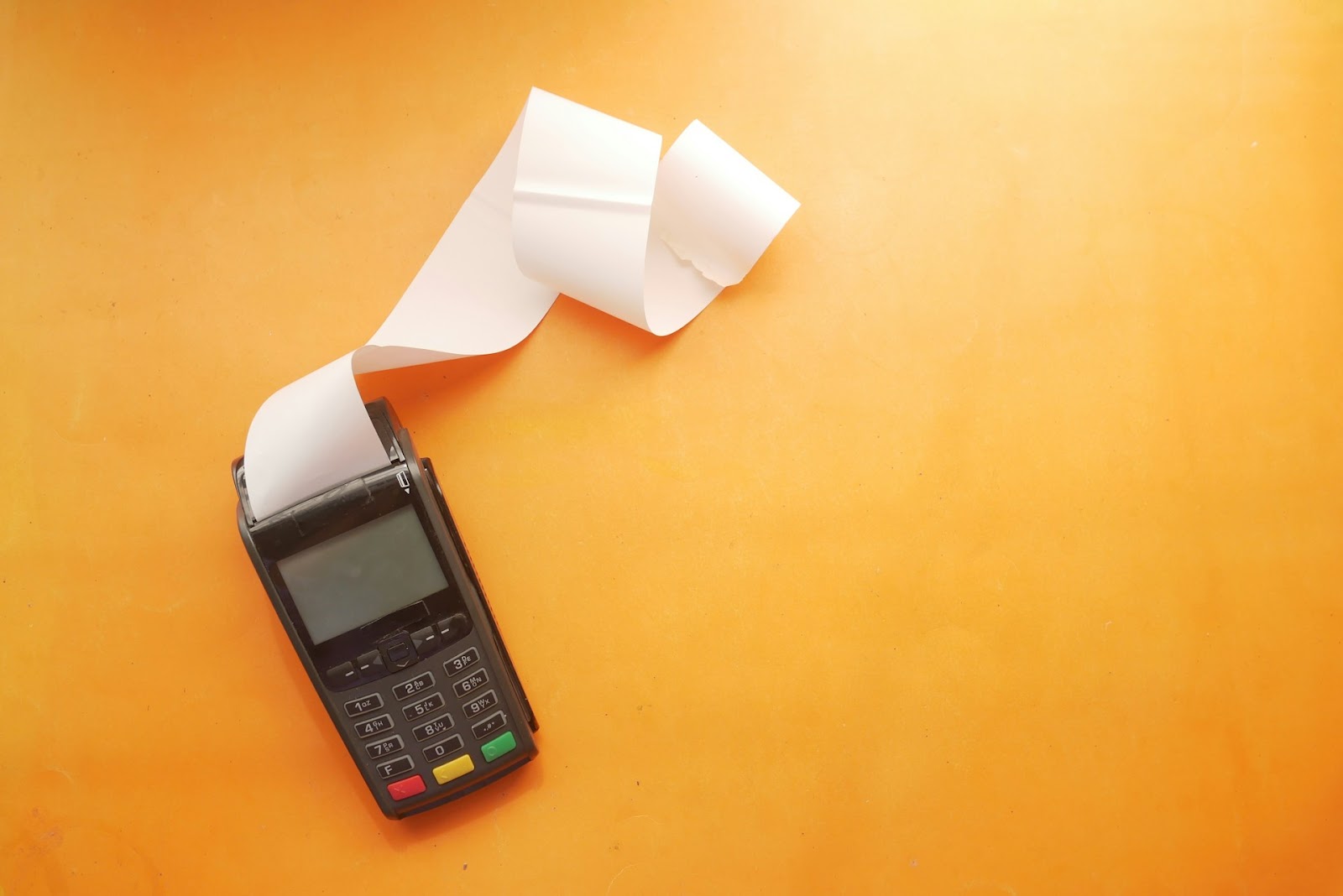
Boxes, tape, and protective materials often get more expensive due to inflation or shortages. Even if shipping fees stay steady, packaging costs can eat into your budget. To save, take advantage of free packaging offered by some carriers, or streamline your packaging to use fewer materials without risking damage to products.
3. Warehousing and Storage Charges
Fulfillment centers usually charge based on pallet count, volume, or bin usage. If you’re storing large or slow-moving inventory, costs can pile up. You can keep fees lower by tightening up packaging, using just-in-time inventory practices, or consolidating shipments. For some businesses, splitting inventory between fulfillment providers, based on which products move faster, also helps cut costs.
4. Fluctuating Labor-Related Costs
Busy seasons often mean higher labor costs, since fulfillment providers bring on extra staff or add surcharges. This can raise your per-order cost noticeably. Planning ahead with accurate forecasts gives you room to budget for these spikes, or you can spread demand across multiple fulfillment options to reduce the impact.
5. Variable Order Demand
Seasonal or inconsistent order levels make it tough to qualify for volume discounts. When sales are slow, you lose bargaining power with providers. A hybrid setup can help in fulfilling orders in-house when volumes are low, and outsourcing only when business spikes so you still benefit from discounts.
6. Expenses of Managing Returns
Returns are expensive, often averaging 15–20% of orders in ecommerce. Processing involves labor for checking items, restocking, or handling damaged goods. You can lower costs by making product details clear upfront, using protective packaging, and offering easy self-serve return options. Some brands also save money by charging return fees or redirecting returns to local stores.
How to Choose a 3PL Provider to Reduce Fulfillment Costs
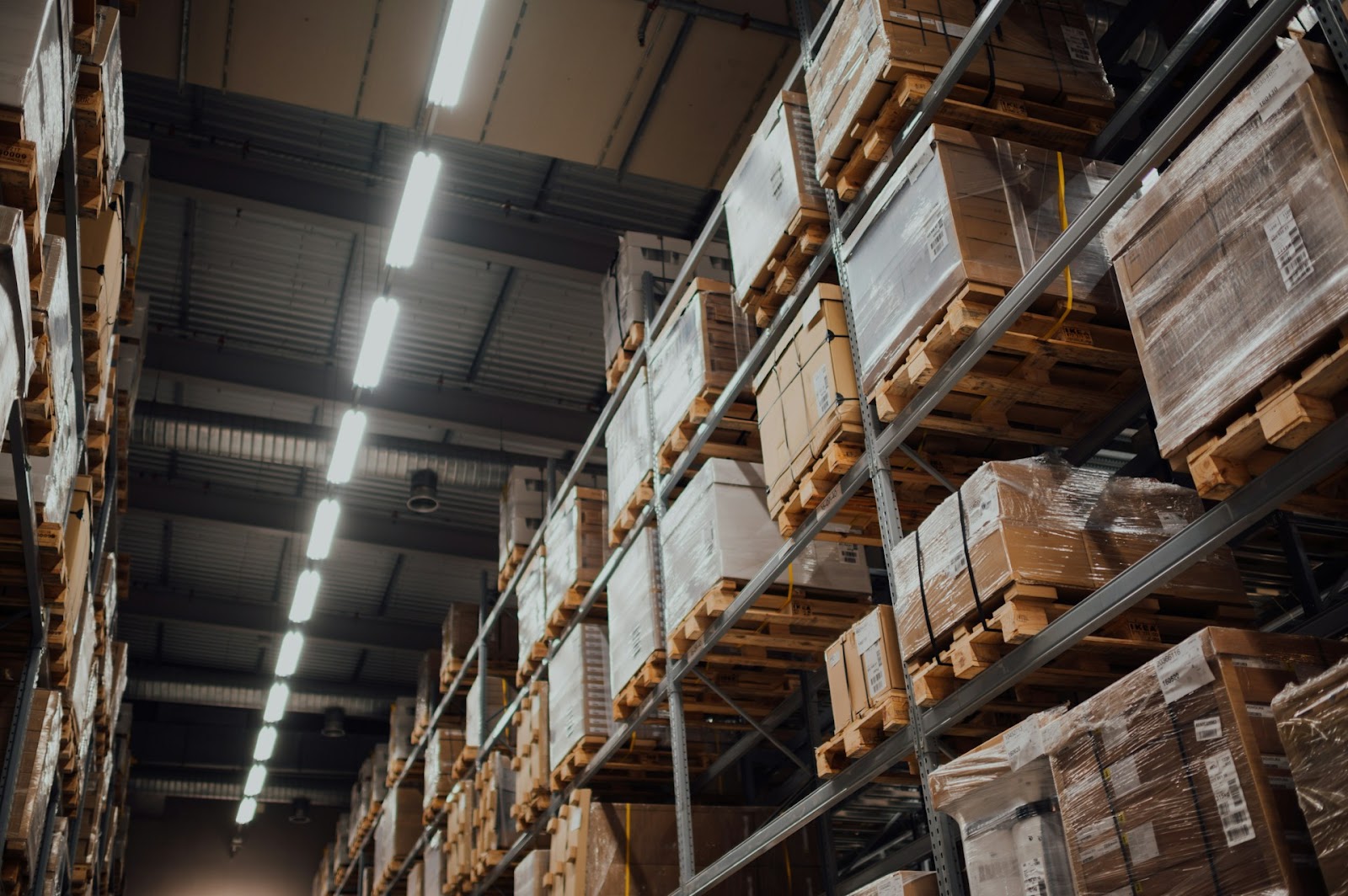
When selecting a 3PL partner, the right choice can have a big impact on keeping fulfillment costs under control. Here are the key factors to look at:
a) Seamless System Compatibility
Look for a 3PL whose warehouse management system integrates smoothly with your existing tools, such as inventory trackers and customer management software. Real-time updates and efficient order processing reduce delays and errors. Make sure the system can also scale as your order volume grows.
b) Warehouse Locations Close to Customers
A provider with fulfillment centers near your main customer bases helps cut down shipping costs and shortens delivery times. Strategically placed inventory also improves the customer experience by getting orders into their hands faster.
c) Knowledge of Your Market
Partner with a 3PL that understands your product type and industry. Whether it’s special handling needs, regulatory requirements, or customer expectations, a provider with market knowledge will run smoother operations and minimize costly mistakes.
d) Access to Better Shipping Deals
Many 3PLs maintain strong relationships with carriers, allowing them to negotiate better rates. By leveraging their volume discounts and contracts, you can benefit from lower freight costs than you’d likely get on your own.
Fulfillment Costs FAQ
1. Are fulfillment costs part of product costs?
Yes. Fulfillment costs count as part of your product expenses since they cover packaging, shipping, and handling. These are considered overhead within your cost of goods sold (COGS).
2. How are fulfillment costs different from other expenses?
They only kick in once a sale is made and change depending on product size, weight, and order volume (you should learn how to make dim weight calculations). Unlike fixed expenses, fulfillment costs fluctuate with demand.
3. How do returns and customer support affect fulfillment costs?
Processing returns adds extra steps and labor, which raises costs. Keeping returns efficient helps protect your margins and keeps pricing competitive.
4. Why is shipping such a big part of fulfillment costs?
Shipping often takes up the largest portion of fulfillment expenses. Delivery speed, carrier choice, and service level all impact pricing. Negotiating rates or using a 3PL can bring costs down.
5. How do product size and weight affect fulfillment costs?
Bigger, heavier items cost more to store and ship than smaller, lighter ones. Product dimensions directly influence your fulfillment budget.
6. What do fulfillment fees usually cover?
They typically include picking, packing, and shipping. Extra charges may apply for storage, returns handling, or special packaging needs.
7. What are contract fulfillment costs?
These are the fees you pay to a third-party logistics provider (3PL) to handle order storage, processing, and shipping on your behalf.


